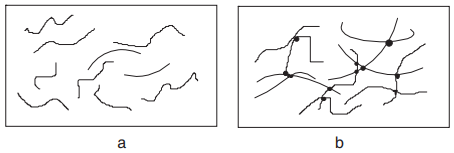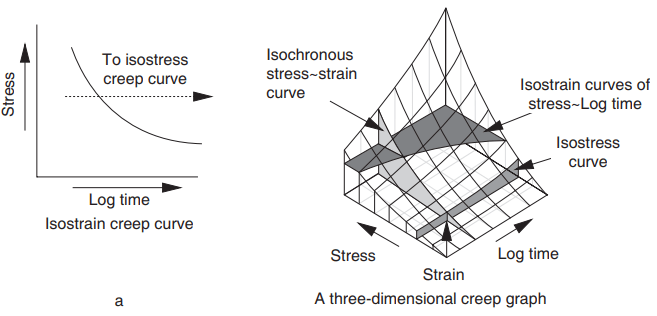Types of Polymers
Polymers are produced by combining a large number of small molecular units (monomers) by the chemical process known as polymerisation to form long-chain molecules. There are two main types. Thermoplastics consist of a series of long-chain polymerised molecules, in which all the chains are separate and can slide over one another. In thermosetting polymers the […]







